I arrived in Binh Phuoc province (old) on a day at the beginning of the rainy season during my wandering days with my writing career. The red basalt dirt roads were soft, the old motorbike slid up and down between two rows of straight rubber trees. The smell of soil, the smell of tree resin, the smell of sweat... mixed together, creating a very unique flavor. The Eastern land at that time did not have the bustling town of Dong Xoai, nor the industrial parks covered with tin roofs. There were only forests, streams, the sound of insects and schools hidden among the cashew hills and pepper fields. I only knew that on nights in Bu Gia Map, Bu Dang, Phuoc Long, the mist hung like a veil lightly covering the forest roof, I lay listening to the lonely birds calling to each other in the rubber forest. It is the youngest province in the Southeast, separated from Song Be province in 1997. But the historical depth of this land has been present for a long time in the old forest war zones of the resistance against the US with the place names Bu Dang, Bu Dop, Loc Ninh. Loc Ninh land marks the Paris Agreement, Bom Bo hamlet sings with the sound of machines running day and night to feed the resistance army.
Another time, I visited the red land at the invitation of a teacher friend on days when red dust swirled up to the clouds, where the deep green cashew forest stretched to the horizon, where students sat studying with clear eyes and voices still speaking the ethnic language. The children of the Stieng and M'nong ethnic groups had never known colored books, had never worn school shoes, but in each of their eyes was the desire to grow up, to learn, to understand the world outside the forest. Those children ignited in me the desire to contribute. As someone standing on the podium, writing abouteducation , I understood that from those difficult days, it was not only about words but also about the journey of humanity. The land at the crossroads of Indochina - both bearing the mark of history and being the cradle of silent changes in education. The mark here is not told by the big roads or the towering urban buildings but by the immense rubber forests, the schools next to the fields and the footsteps of teachers clinging to the villages to sow knowledge. The red soil here is associated with the blood and bones and bears the footprints of teachers. History lies deep in every inch of land, in every step of the school, where teachers still quietly teach, as if continuing to write the epic with white chalk and green board…
I remember living in the days without electricity or phone signal. In the evenings we sat together under the oil lamp, reading poems, grading papers, telling stories about Saigon, the West, and our time as teachers' college students. Thanks to those nights, I understood: the most precious thing in education is not the equipment, but the heart of the teacher.
Now that Binh Phuoc and Dong Nai are under one roof, I hope that Dong Nai education will take off in the near future. And I will have more opportunities to travel, write and contribute to the education of my home province…
Duyen Ha
Source: https://baodongnai.com.vn/dong-nai-cuoi-tuan/202507/dau-yeu-dat-do-0ec27be/



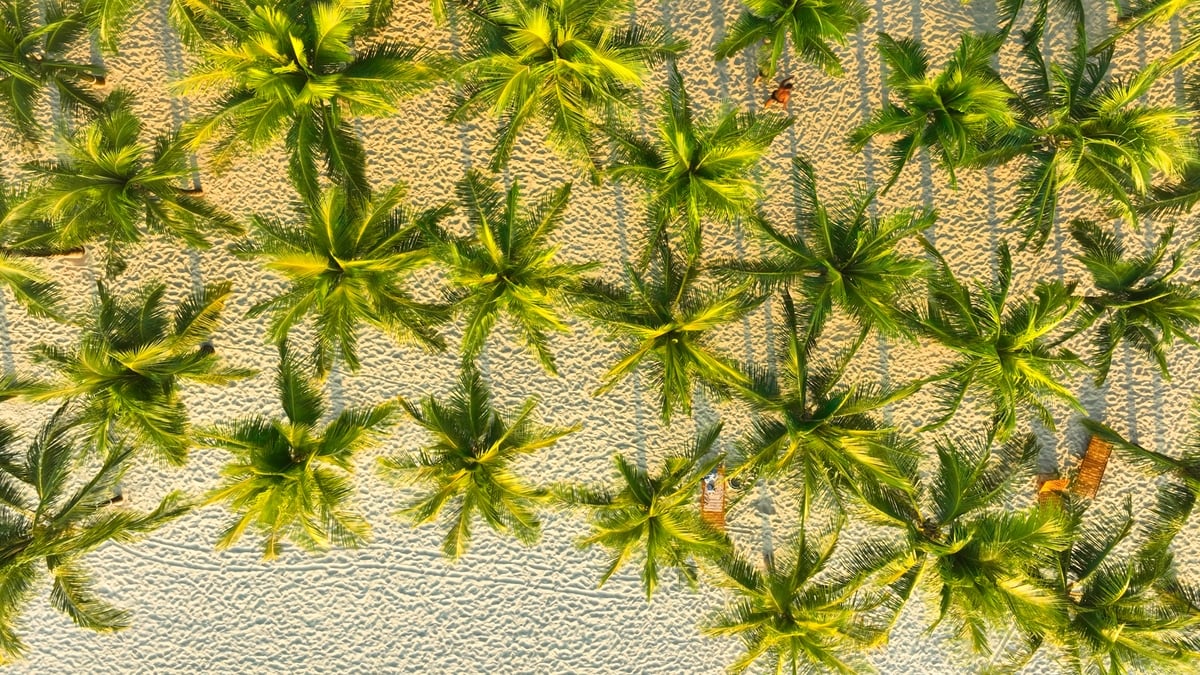



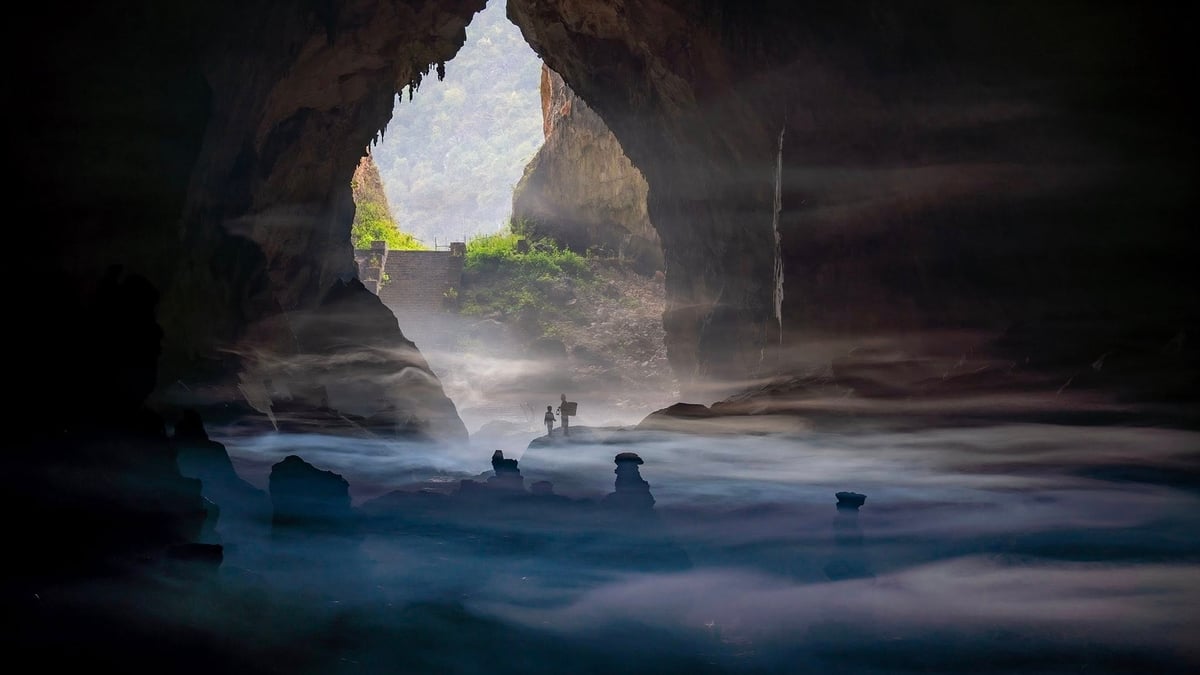
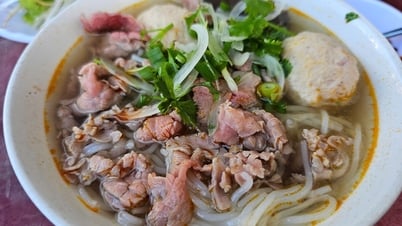

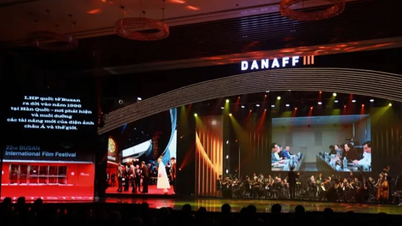

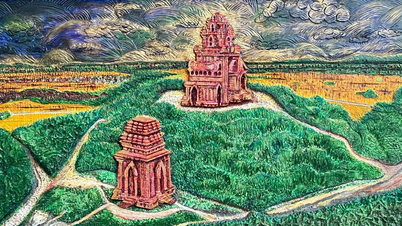

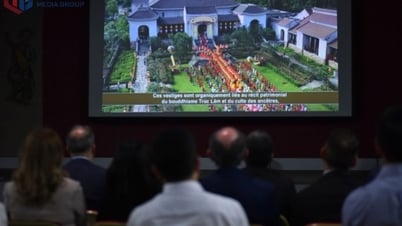

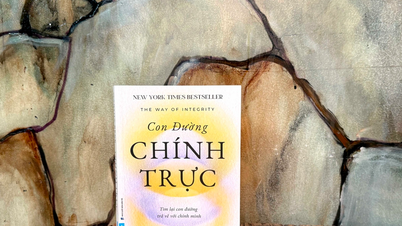

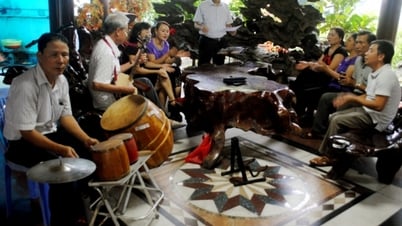




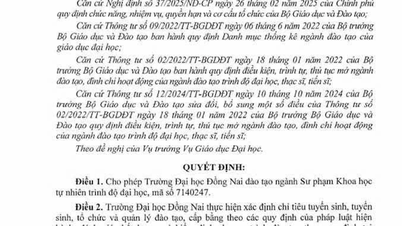
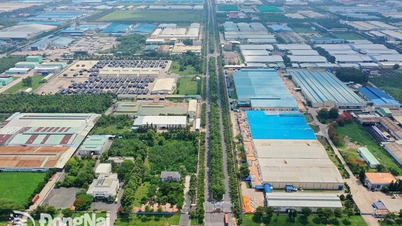
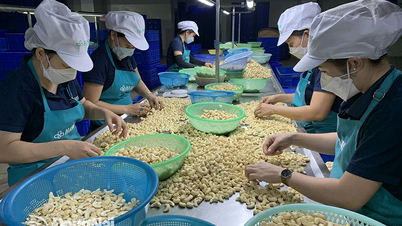
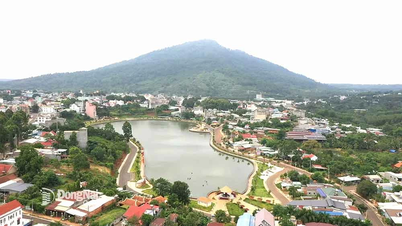
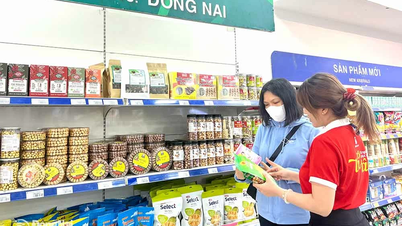
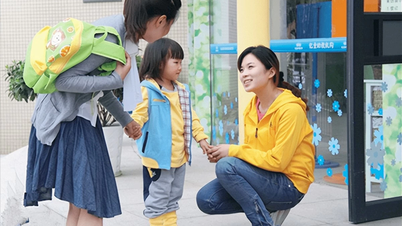









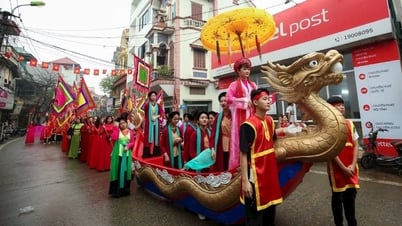

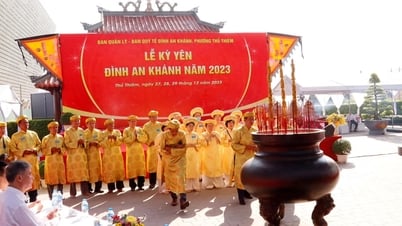







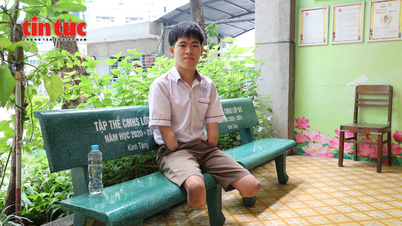

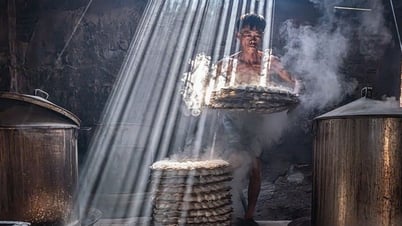






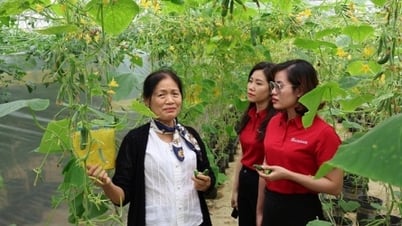








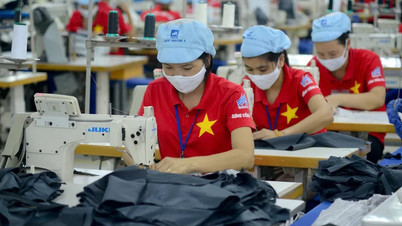





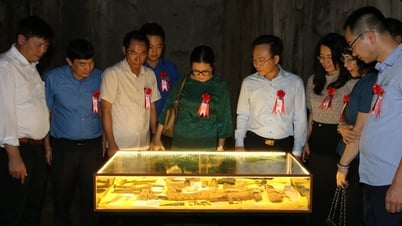



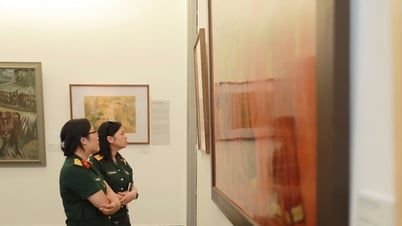
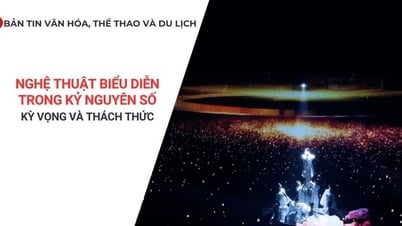




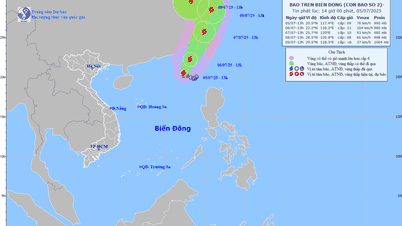

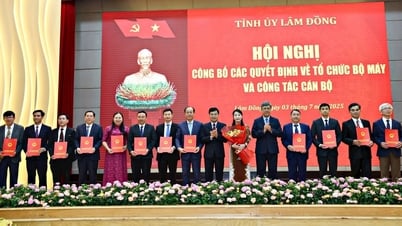

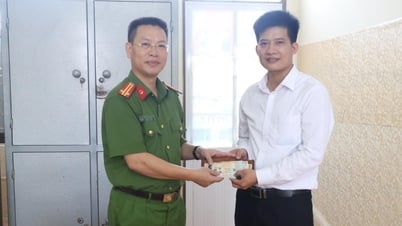


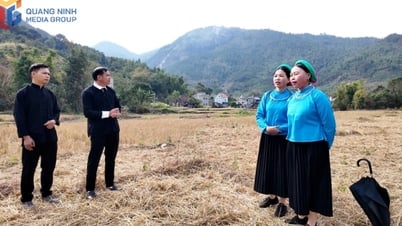


![[OCOP REVIEW] Bay Quyen sticky rice cake: A hometown specialty that has reached new heights thanks to its brand reputation](https://vphoto.vietnam.vn/thumb/402x226/vietnam/resource/IMAGE/2025/7/3/1a7e35c028bf46199ee1ec6b3ba0069e)





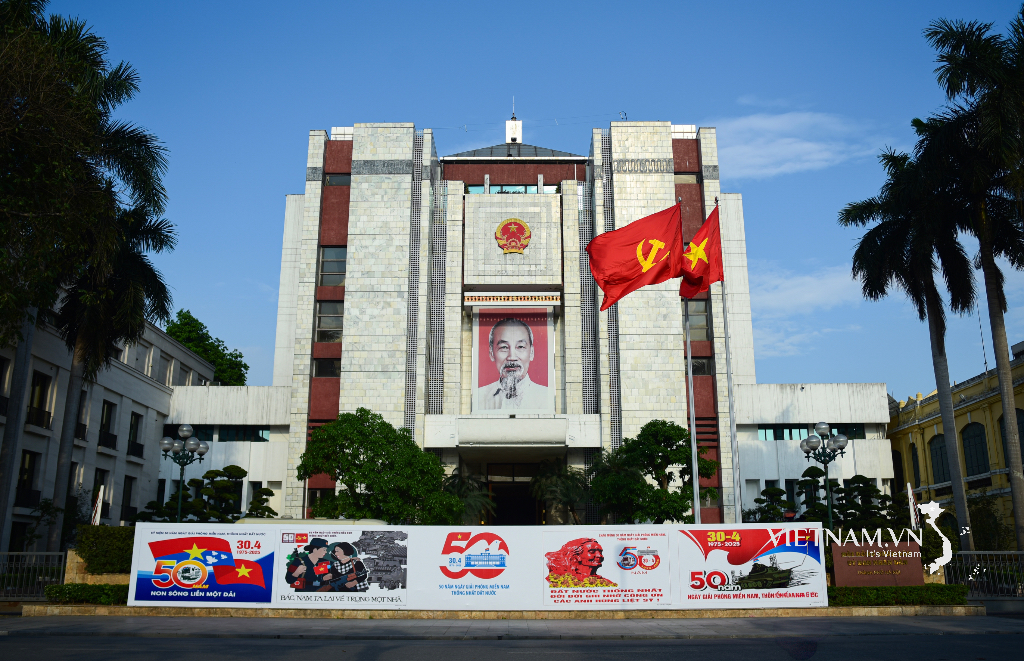
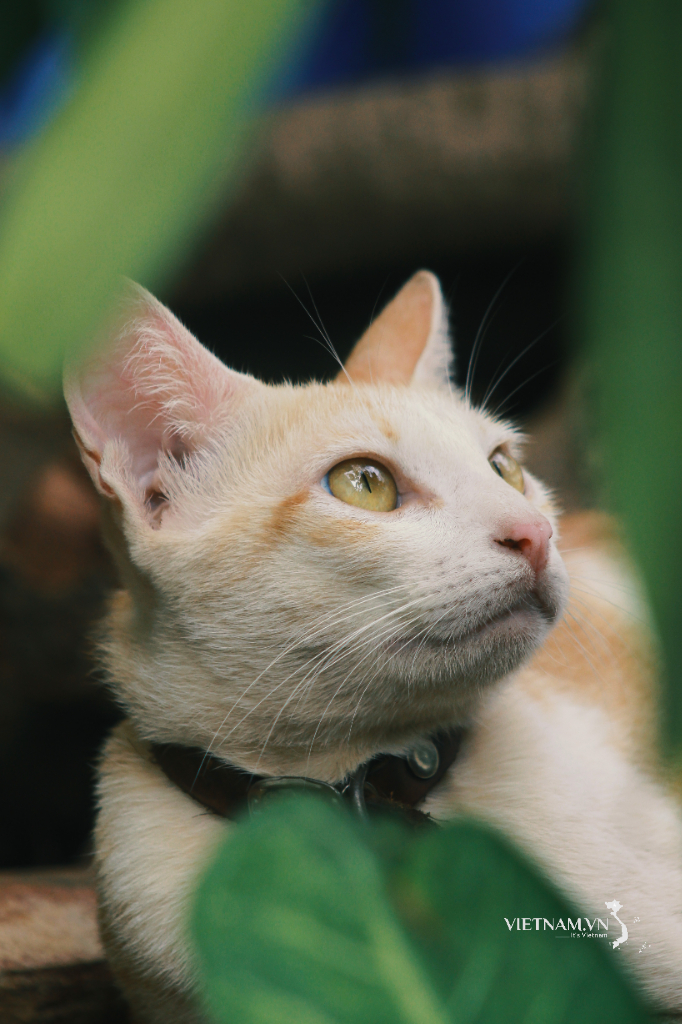

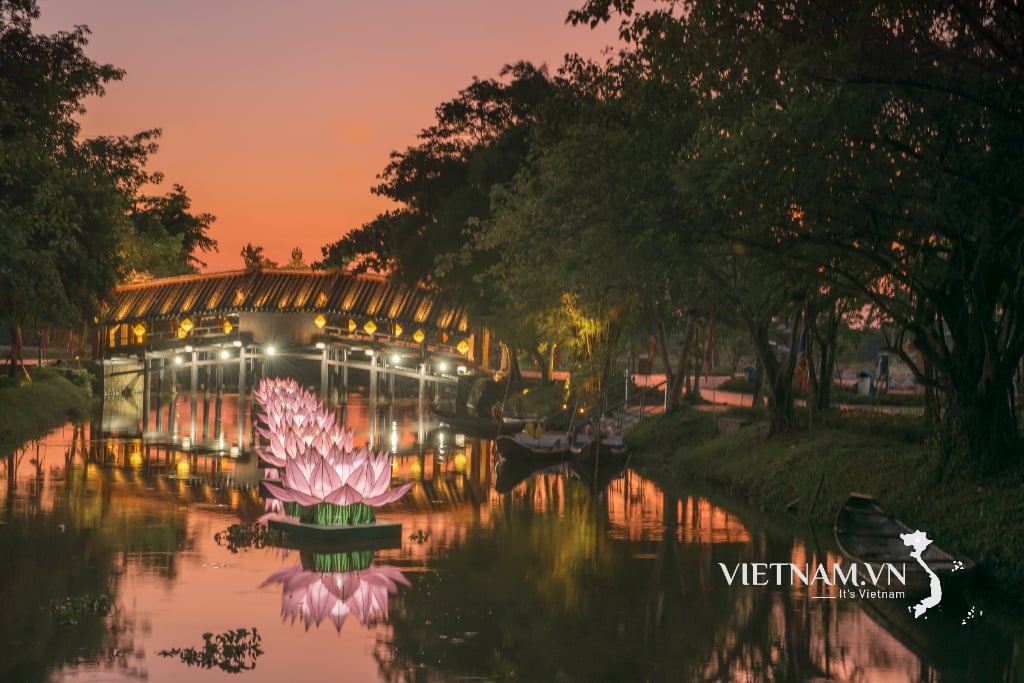
Comment (0)